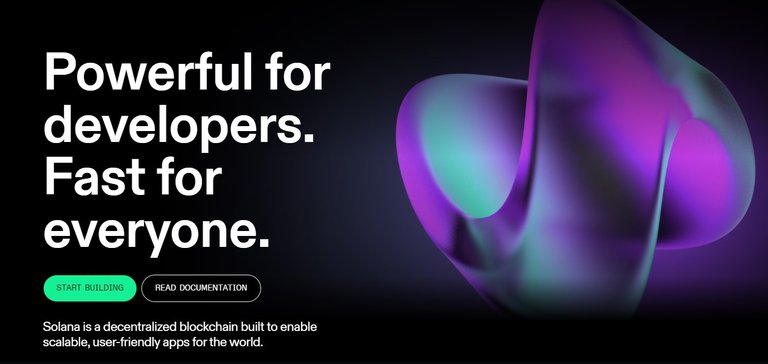
Solana is an open-source blockchain known for its high throughput and efficiency. The fast growth of the project allows it to compete with the most powerful blockchains such as Ethereum.
Solana was created in 2017 by Anatoly Yakovenko, Greg Fitzgerald, Raj Gokal, and Stephen Akridge. Before founding Solana Labs along with his team, Anatoly used to be a senior staff engineer at Qualcomm.
The Solana blockchain’s native token is SOL, and it is used to secure transactions in the network and transfer value between users.
Solana’s blockchain:
Solana uses a hybrid protocol of proof-of-stake (PoS) and proof-of-History (PoH), which is a new concept introduced by the blockchain’s founder Anatoly Yakovenko.
Proof-of-stake:
With the proof-of-stake protocol, SOL owners delegate them to validators, who receive SOL rewards by validating new blocks on the Solana blockchain.
In this protocol, validators are chosen to add the new blockchain blocks depending on the amount of SOL coins they are staking (staking means delegating coins to the network) and for how long they staked them.
Basically, the Solana network rewards those who stake their coins for their efforts and contribution to keeping the network secure against 51% attacks. These attacks can only happen when an entity acquires 51% of the network’s existing tokens, which is extremely unlikely due to the PoS protocol.
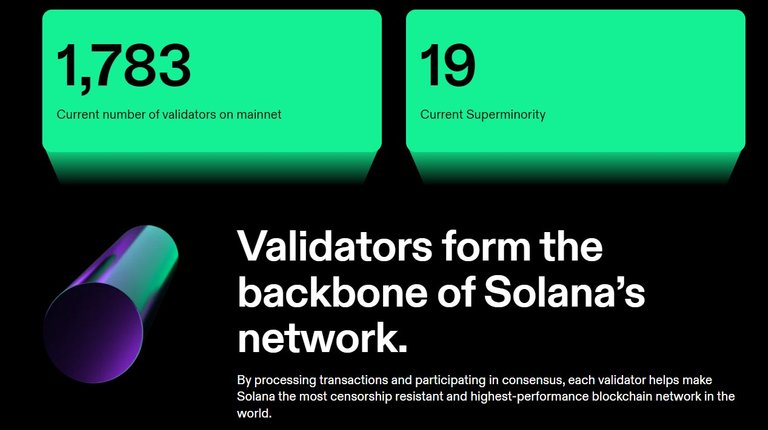
What is the proof-of-history protocol?
Proof-of-history allows validators to timestamp each transaction that occurs on the network. Contrary to other networks where nodes have to verify transactions by entire blocks, the nodes in the Solana network can verify these transactions in real-time thanks to the timestamp given by the PoH protocol.
This system plays a huge role in making Solana such a fast blockchain by decreasing the network latency.
What makes solana unique?
The Solana blockchain introduced a hybrid consensus mechanism that sacrifices decentralization in favor of a higher throughput. This hybrid consensus mechanism makes Solana a unique blockchain in the crypto space.
In essence, the speed of blockchains can be measured in TPS (number of transactions per second). Usually, having a higher TPS allows blockchains to scale faster without facing problems such as network congestion.
In most blockchains, validators produce a new block of transactions and proceed to send the block to the rest of the network. The other nodes verify the authenticity of the new block compared to their version of the blockchain. Then each node in the network audits the version of the blockchain and the newly produced block against all the other nodes. Next, nodes hold a sort of vote, where they choose whether the new block can be added to the ledger or not.
This process takes time in order to allow the majority of nodes in the network to reach consensus and decide whether to add the new block or not.
In Solana’s case, this process is much faster, allowing the network to have a very high TPS and scale faster than other blockchains.
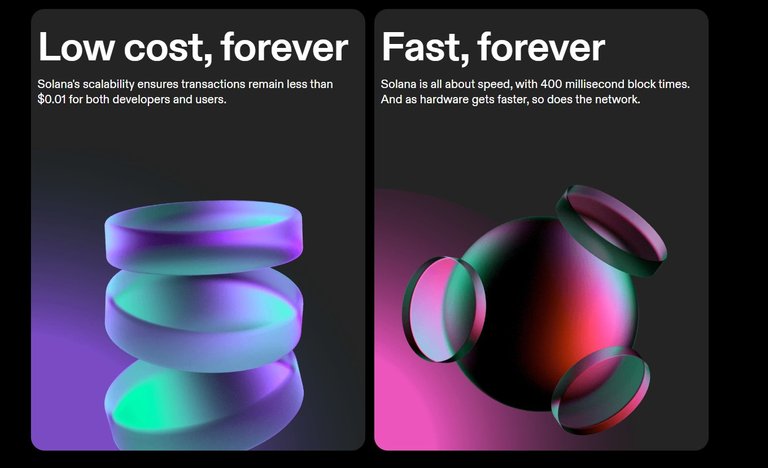
The reason behind this high speed is that nodes in the Solana network send their votes to the leader, which is selected based on the PoS mechanism, and then the leader, who is responsible for the communication between nodes, decides whether to add this new block or not.
Having a leader who approves the new blocks on the network, even though it makes the network have higher TPS, decreases Solana’s decentralization compared to its competitors.
Another unique feature of Solana is the introduction of Solana pay, which is a free framework that enables merchants to accept payments from their customers using the Solana network. These payments can be done in stablecoins such as USDC.
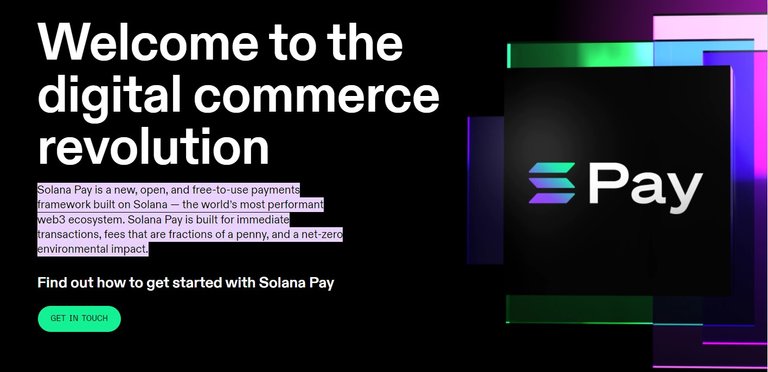
Solana vs Ethereum:
Thanks to its high TPS and very low fees (the average Solana transaction fee is only $0.00025), Solana has proved to be one of the most powerful blockchains that can compete with huge industry players like Ethereum.
In fact, Solana’s TPS (which can reach over 50000) is so huge that Solana Labs (the company behind Solana) introduced a game called Break Solana, in which players can try to break the network by mashing their keyboard and sending transactions.
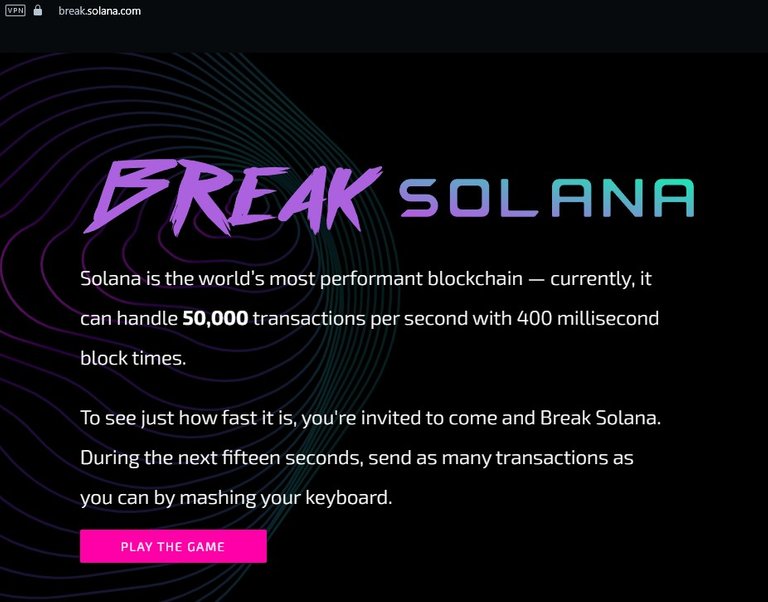
Compared to this huge number, Ethereum’s current TPS is just 15, making it very slow compared to Solana. Add to that, Ethereum’s transaction fees are huge compared to those of Solana.
For these reasons, Solana has seen an exponential growth and has been adopted by blockchain developers worldwide. For instance, Solana is a great choice for:
- Creators who are minting, selling, and trading NFTs on NFT marketplaces such as OpenSea.
- Developers building decentralized platforms such as codenjobs, especially DeFi(Decentralized Finance) platforms such as decentralized exchanges. In fact, Solana has more than $11B in total value locked and 307 DeFi projects have been built on Solana to this day:
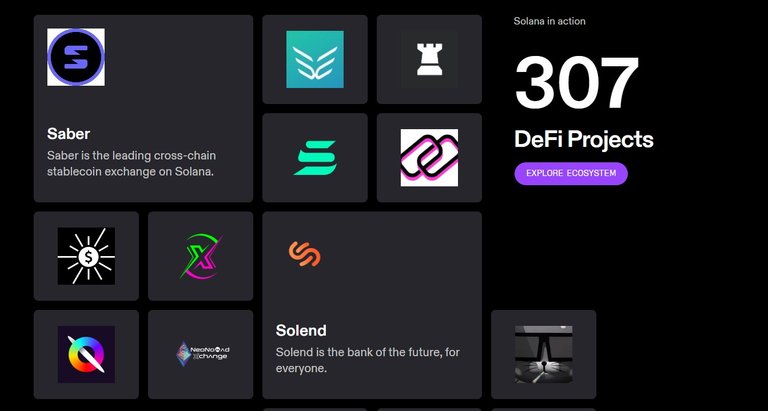
If you are a blockchain developer and would like to build apps on Solana, you can refer to this article for resources related to Solana blockchain development.
- Building blockchain and web3 games like Mini Royale:
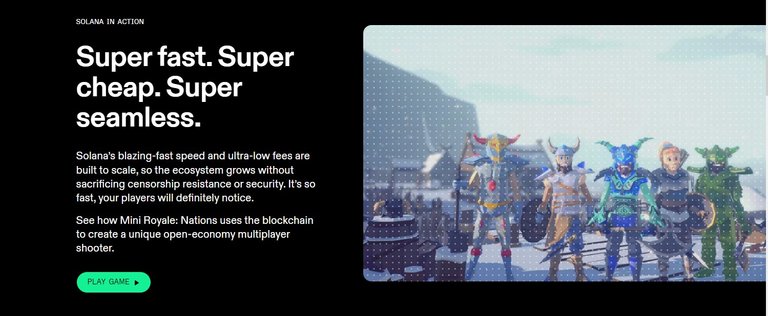
Ethereum, on the other hand, has been in the crypto space for much longer than Solana and still exceeds it in the number of users and TVL (currently at $68.76B).
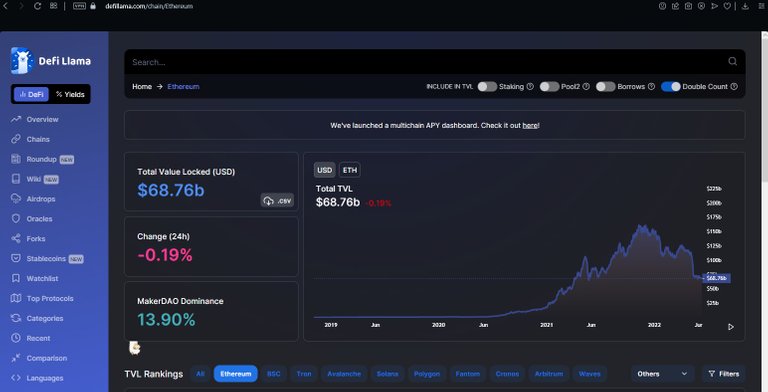
The downsides of Solana:
Like any blockchain project, Solana has its drawbacks. Apart from its debatable consensus mechanism that we mentioned before, 52% of the SOL cryptocurrency supply is owned by the founders and investors (venture capitalists) who can be considered insiders. Due to these reasons, Solana is more centralized than its competitors.
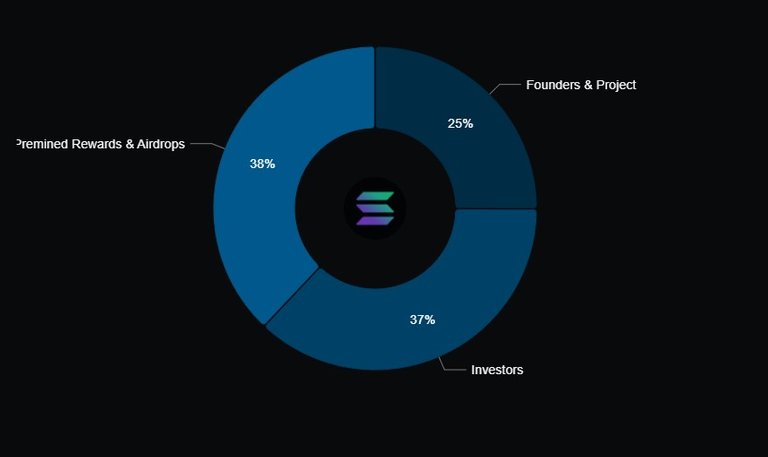
Add to that, Solana network had major problems and outages lately, with the network facing downtime for the sixth time last week. The last outage lasted four hours and a half, causing transactions to be halted on the mainnet.
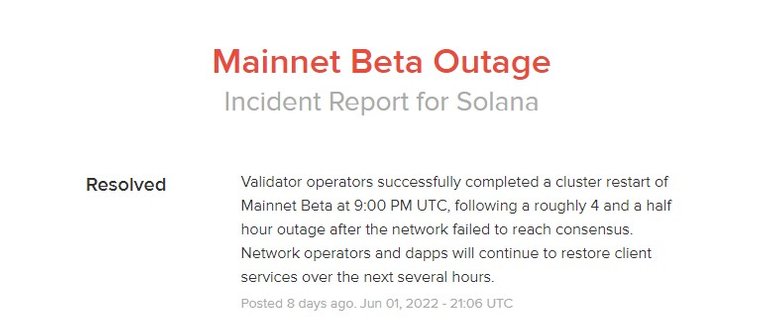
These issues tend to make investors worried about the blockchain’s future, and sometimes cause a sell-off, causing SOL’s price to plummet.
Even though these two issues may seem significant, they can be both solved over time.
In fact, Solana is still in the beta version of the mainnet and its co-founder, Anatoly Yakovenko, said on Reddit that “If something took two years to build, it’s going to take two years to stabilize”.
Moreover, blockchains usually become more decentralized over time as more supply is unlocked and open for the public to buy. Solana is still a fairly young blockchain and can become more decentralized in the future.
Is Solana a good investment?
Solana clearly has the potential to thrive and become one of the industry leaders. If this project continues attracting more developers and users, it can become an even larger ecosystem and a great choice for merchants to accept payments online using Solana Pay.
When you invest in Solana, you can make some passive income by staking your tokens for rewards (new SOL tokens added to your wallet).
Even though the project has been suffering from network issues lately, you can still invest in it if you believe that the team behind Solana will be able to fix them in the long term.
However, always remember that cryptocurrencies are highly volatile, and only invest what you can afford to lose.
How to buy Solana?
Solana has been listed on various centralized exchanges such as:
Posted Using LeoFinance Beta